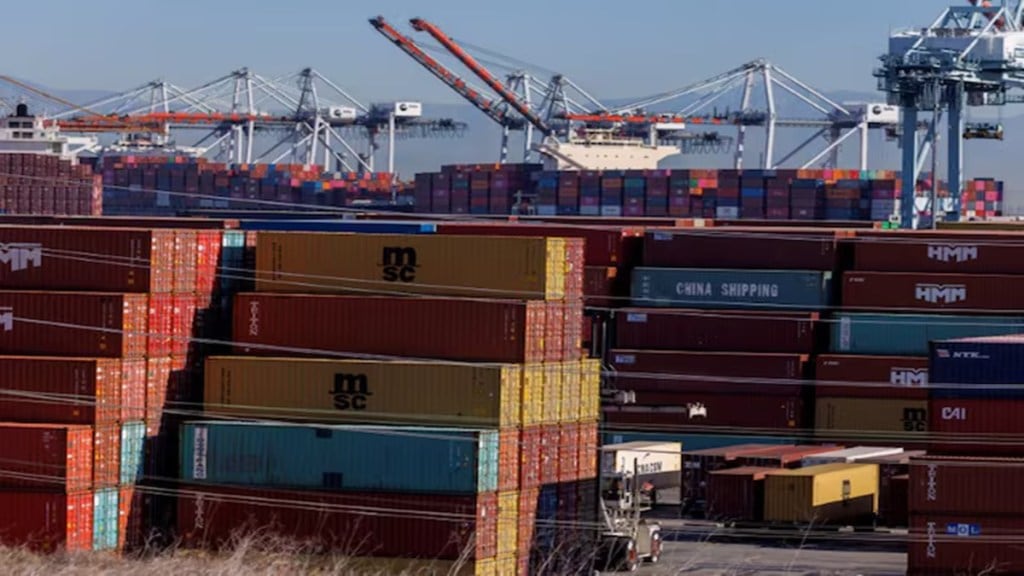While the US President Donald Trump has cited the principle of reciprocity while imposing additional tariffs on all its key trade partners, the trade deficits seem to be the key determinants of what each country will face.
“They have largely gone by trade deficit. Trade deficit has been a guiding factor in arriving at these tariffs,” an official said
A glance at the tariff table suggests that maximum additional import duties of 20% to more have been imposed on countries with which the US trades the maximum. These countries are also the biggest drivers of $ 1.2 trillion trade gap that the US runs.
China has got 34% additional duties, India 27%, European Union 20%, Japan 24%, South Korea 26%, Switzerland that has almost no tariffs on industrial goods has been slapped with extra taxes of 32%.
Here are 33 countries that will face higher tariffs than India and include its competitors like China, Bangladesh, Sri Lanka and Vietnam. The counties with which the US has surplus or lower tariffs have been let off with just 10% additional duties.
“Reciprocal tariffs are calculated as the tariff rate necessary to balance bilateral trade deficits between the U.S. and each of our trading partners,” a document from US Trade Representative Office (USTR) detailing the way reciprocal tariff rates were arrived at said. “This calculation assumes that persistent trade deficits are due to a combination of tariff and non-tariff factors that prevent trade from balancing. Tariffs work through direct reductions of imports,” the document added.
The reciprocal tariffs have been designed in such a way that countries from whom the US buys most will face higher tariffs, the official added.

